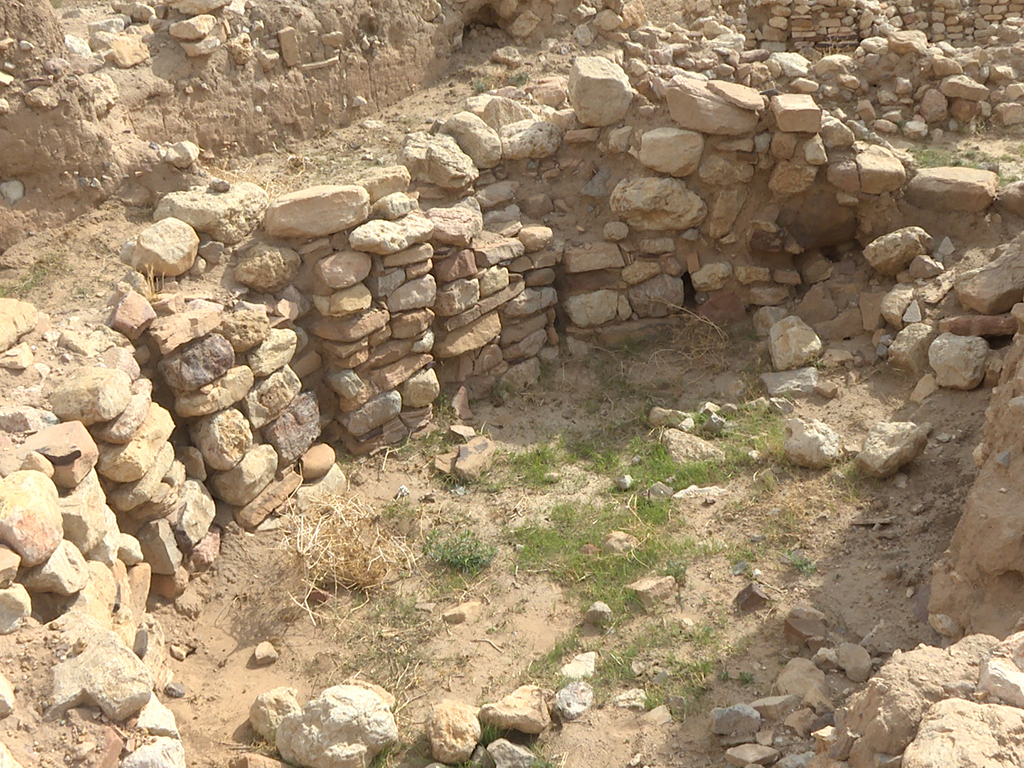Beidha
Bill Finlayson talking about the Neolithic site of Beidha
Beidha is an important site. It was the first site to be excavated in Jordan from this period by Diana Kirkbride, who had worked at the very famous site of Jericho beforehand.
Jericho was a big archaeological mound and they only knew the Neolithic from very small areas at the bottom of deep holes that they dug. So here, she tried something new and something which followed ever since which was to dig an open plan, large area of the village so that we could really understand how the community and the settlement worked. And she made some really interesting primary discoveries here. The first one was the very obvious architectural change where at the top of the sequence she had rectangular buildings, long buildings with segmented partitions inside them.
Below that were semi-circular buildings with the corners rounded off on what were otherwise fairly square. And before that fully circular buildings dug into the ground slightly. We can see the full sequence from circular, semi-subterranean buildings to free standing rectangular buildings in this place.
But she did more than that, at this site they were also collecting the plant and animal material that was so important to the changing economy. And from the evidence that they gathered, which we are still researching on that same material today, they collected it so well, we can see that back in the past they had started to conduct the management processes of the wild animals with the wild goats and ibex here, that were pretty much exactly the same as people did with domesticated animals later on. And indeed at Beidha, after they had developed that skillset they then import for themselves domesticated goats from somewhere else. And you can see at this site, that flip to a full farming economy.

Location of Beidha

Bill at the site of Beidha

Fully circular building dug into the ground
